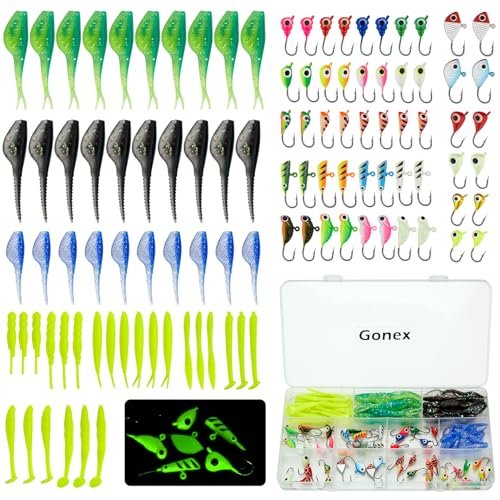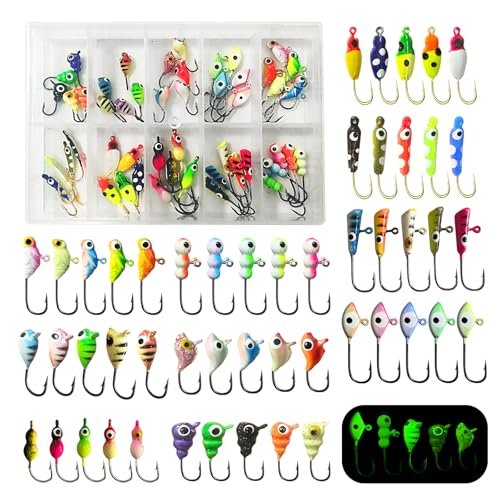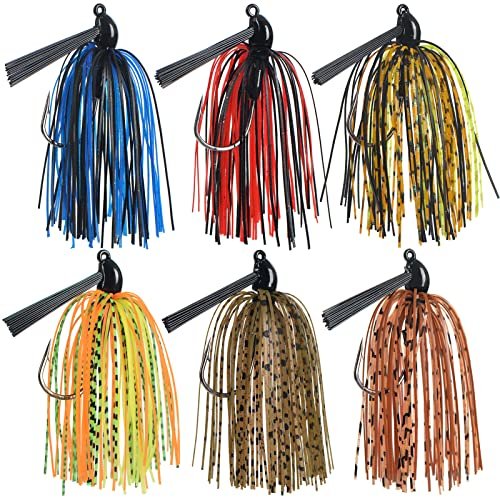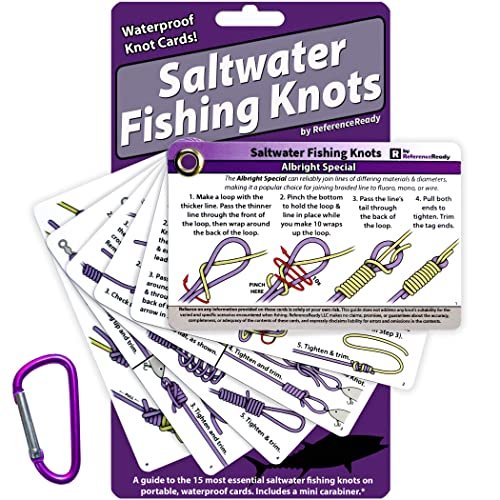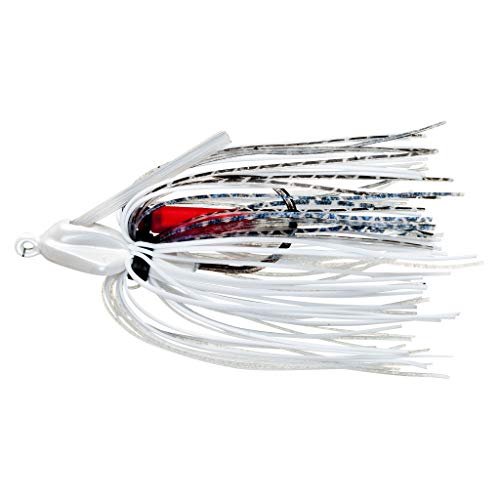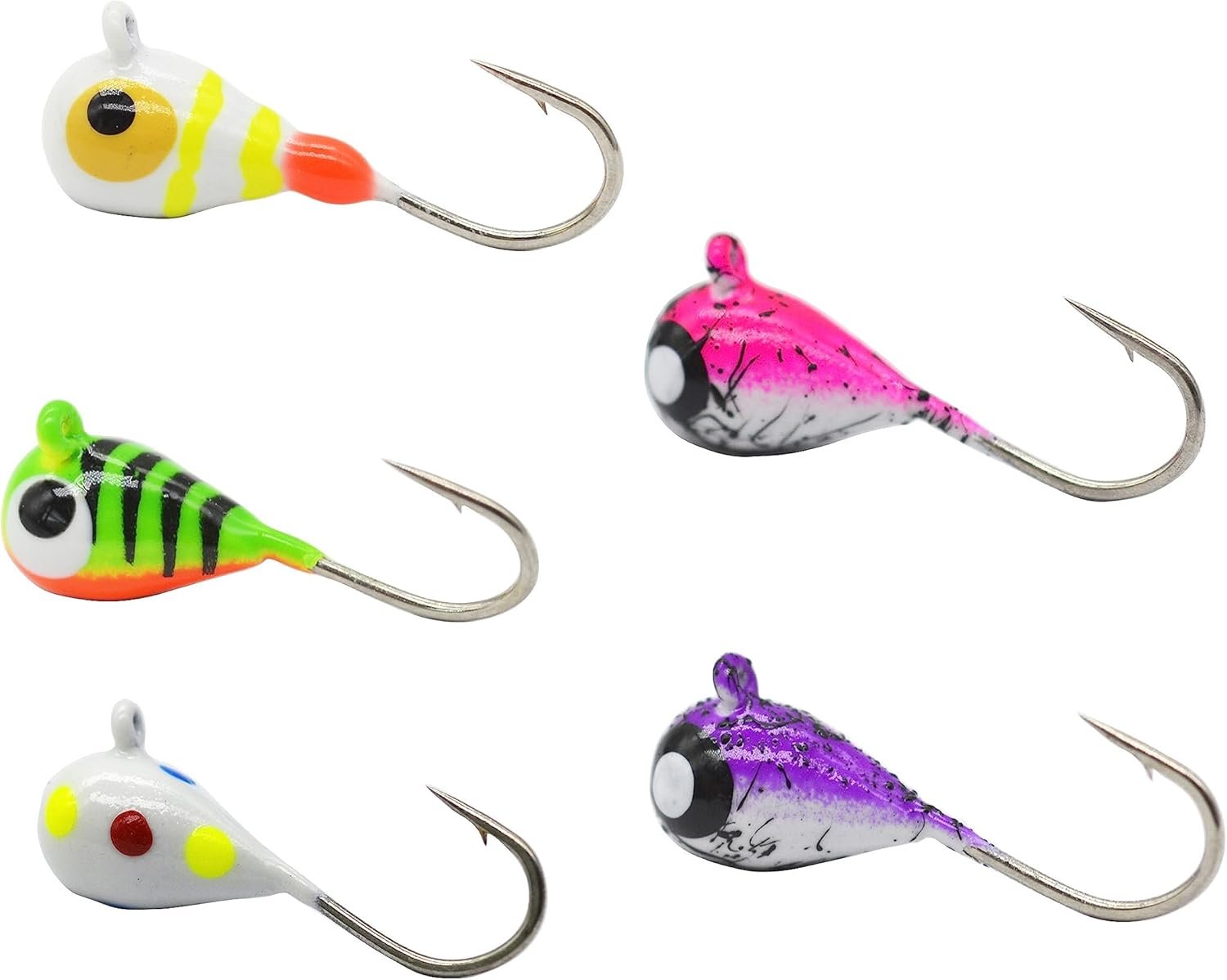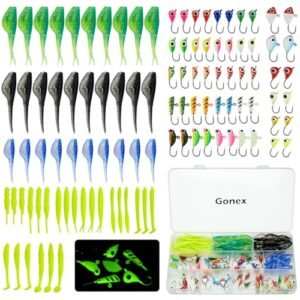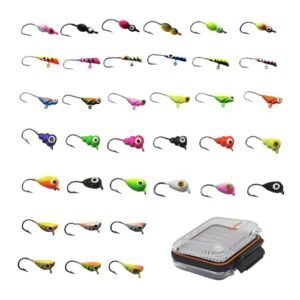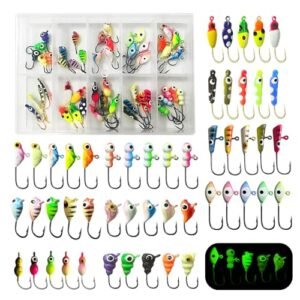Fishing enthusiasts often wonder about the longevity of their fishing lines. Proper maintenance can extend the lifespan of your line. Monofilament lines generally need replacement every 1 to 2 years, while braided lines can last up to 3 years. Factors like exposure to sunlight, water, and frequent use can affect the durability of the line.
Regularly inspecting your fishing line for wear and tear is crucial. Replacing the line at the right time ensures better performance and minimizes the risk of losing a catch. Quality fishing lines and proper storage also play vital roles in maintaining the line’s effectiveness over time.
Introduction To Fishing Line Longevity
Several factors affect how long a fishing line lasts. Sunlight can weaken the line over time. Water type also matters; saltwater can cause more wear. The frequency of use is crucial; frequent fishing wears the line faster. Storage conditions are important; a cool, dark place is ideal. The type of line you use has different lifespans; monofilament, fluorocarbon, and braided lines each behave differently.
Maintaining your fishing line is essential. Inspect the line for nicks and frays often. Clean the line after each use, especially in saltwater. Replace the line when it shows signs of wear. Store the reel in a cool, dark place. Proper maintenance extends the line’s life and ensures better fishing experiences.
Types Of Fishing Lines
Fishing lines come in various types, including monofilament, braided, and fluorocarbon. Each type impacts how long you can keep the line on your reel. Proper maintenance extends its lifespan, ensuring optimal performance.
Monofilament Line Characteristics
Monofilament lines are made from a single fiber. They are very popular among anglers. These lines are flexible and easy to handle. Beginners find them simple to use. Monofilament lines can stretch under tension. This can be helpful in absorbing shocks. They come in different colors and are usually affordable. Sunlight and water can weaken them over time. Replace them every year for the best performance.
Braided Line Advantages
Braided lines are made from multiple fibers. They are much stronger than monofilament lines. These lines have little to no stretch. This makes them very sensitive to bites. Braided lines are also thinner. They can cut through water faster. They are excellent for deep-water fishing. These lines can last for many years. Always inspect for frays and knots before use.
Fluorocarbon Line Properties
Fluorocarbon lines are nearly invisible in water. Fish cannot easily see them. These lines are also very sensitive. They are great for clear water fishing. Fluorocarbon lines sink faster than others. This helps in getting lures deeper. They are resistant to UV light and water. This makes them last longer. Use them for specific fishing techniques.
Signs Of Line Aging
Check for discoloration on the fishing line. Old lines often turn pale. Look for fraying and nicks on the surface. These can make the line weak. Twisting and kinks are bad signs too. They mean the line is not smooth anymore. Stiffness is another clue. A good line should be flexible. Cracks in the line are a big warning. Replace it if you see any.
The line breaks easily under pressure. This means it is too old. Casting distance is shorter than usual. Old lines do not cast well. Line memory is another sign. It keeps the shape of the reel. Knots do not hold well. They slip or come undone easily. Fish escape more often. This means the line is not reliable.
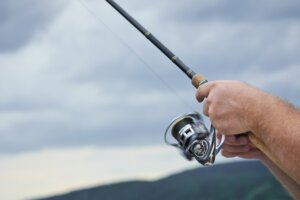
Optimal Replacement Frequency
Monofilament line should be replaced every 6 to 12 months. Sunlight and water weaken it. If it feels rough, it’s time to change it. Always check for any signs of wear.
Braided line lasts longer than monofilament. It can last up to 2 to 3 years. This line is more durable and resists wear. Regularly inspect it for any fraying or damage.
Fluorocarbon line should be replaced every 1 to 2 years. It is more resistant to UV light. Always check for nicks and abrasions. Replace it if you notice any damage.
Impact Of Environmental Factors
Environmental factors significantly affect the lifespan of fishing lines. UV rays, saltwater, and temperature fluctuations can weaken and damage the line over time. Regular inspection and proper storage extend its usability.
Effect Of Uv Exposure
UV rays can damage fishing lines. Sunlight makes the line weak and brittle. Nylon lines are more affected by UV rays. Fluorocarbon lines resist UV damage better. Protect your line by storing it in a cool, dark place. Use a line conditioner to prolong its life.
Water Conditions And Line Wear
Saltwater is harsh on fishing lines. It causes corrosion and wear. Freshwater is less damaging. Debris in water can scratch and weaken the line. Rinse your line with freshwater after each use. Inspect it for nicks and abrasions. Replace the line if you see damage.
Temperature Influence On Line Elasticity
Extreme temperatures affect line elasticity. Cold weather makes the line stiff and brittle. Heat can cause the line to stretch and weaken. Store your line in a temperature-controlled environment. Avoid leaving your reel in the car or direct sunlight.
Credit: www.reddit.com
Maintenance Tips For Prolonged Line Life
Always rinse your fishing line after use. Use clean, fresh water. This removes salt and dirt. A soft cloth can help wipe away grime. Be gentle to avoid damaging the line. Dry the line completely before storing it. Wet lines can weaken over time.
Store your fishing line in a cool, dry place. Avoid direct sunlight. UV rays can degrade the line. Use a line spooler for neat storage. This keeps the line tangle-free. A temperature-controlled environment is best. Extreme heat or cold can weaken the line.
Check your line for nicks and cuts regularly. Replace damaged sections immediately. Keep the reel clean and lubricated. Dirty reels can harm the line. Use a soft brush to clean the reel. Avoid harsh chemicals. They can damage both the reel and line.
Practical Guidelines For Line Replacement
First, remove the old line from your reel. Use scissors to cut the line. Next, attach the new line to the reel. Make sure to tie a strong knot. Then, start winding the new line onto the reel. Keep the tension steady for smooth winding. Fill the reel to the recommended level. Finally, secure the end of the line. Trim any excess line to avoid tangling.
- Scissors or line cutters
- Fishing line spool
- Knot-tying tool (optional)
- Reel and rod
Cut the old line into small pieces. This prevents wildlife from getting tangled. Place the pieces in a recycling container. Many tackle shops have recycling bins. Check if your local community has a line recycling program. Avoid throwing old line in the water or trash. Proper disposal protects the environment and wildlife.
Advanced Considerations
Line memory affects how well your fishing line performs. High memory makes the line coil. Coiling can cause tangles and knots. Low memory keeps the line straight and smooth. This is best for casting and retrieving. Regularly check your line for memory issues. Replace it if coiling becomes a problem. High-quality lines often have less memory.
Different fishing techniques need different lines. For casting, use a thinner, lighter line. For trolling, a thicker, stronger line is better. Fly fishing needs a special line type. Match the line to your fishing style. This improves your chances of catching fish. Consider water conditions too. Clear water needs a clear line. Murky water allows for colored lines.

Frequently Asked Questions
How Long Can You Leave Fishing Line On A Reel?
You can leave fishing line on a reel for about one to two years. Replace it sooner if you notice wear. Regularly check for damage to extend its lifespan.
How Often Should You Change The Line On Your Fishing Reel?
Change the fishing line every 6-12 months for frequent use. For occasional use, change it yearly. Inspect for wear regularly.
Does Fishing Line Go Bad If Not Used?
Yes, fishing line can go bad if not used. It deteriorates over time due to exposure to UV light, temperature changes, and humidity. Always store it in a cool, dark place to extend its lifespan. Regularly check the line for signs of wear before use.
How Do I Know If My Fishing Line Is Still Good?
Check for fraying, discoloration, and stiffness. Test its strength by pulling it. Replace if it snaps easily.
Conclusion
Keeping your fishing line in top condition is vital for success. Regularly inspect and replace it as needed. This ensures better performance and reduces the risk of losing fish. Proper maintenance extends the life of your fishing line. Happy fishing and tight lines!









